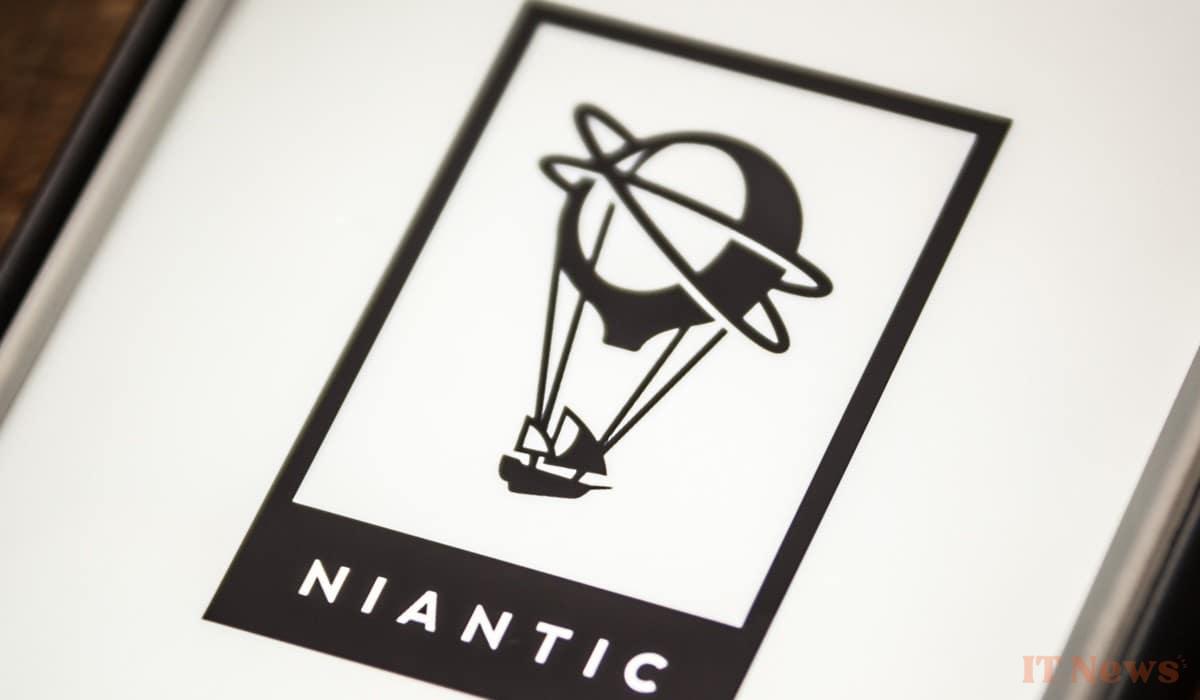For several years, the company Niantic, creator of the famous game Pokémon Go, has collected an impressive amount of data from millions of players. This information, coming from visual scans of different places around the world, is now used to develop an innovative and powerful navigation system.
The massive collection of data by Pokémon Go users
Since the launch of Pokémon Go in 2016, Niantic has invited its players to actively participate in carrying out scans of their environment. These scans include not only well-known monuments but also ordinary places that players capture during their walks. Using their phone's camera, they frame bridges, statues or important buildings from different angles. This practice, often seen as integral to gameplay, allows Niantic to collect valuable data on the spatial layout of cities and natural landscapes.
“Over the past five years, we’ve been preparing our ‘Visual Positioning System’. It uses a single image from a phone to determine its position and orientation on a 3D map created by people who have scanned interesting locations in our games and Scaniverse,” states an official statement from Niantic.
The Visual Positioning System: A Major Advancement
Niantic’s Visual Positioning System (VPS) offers a significant innovation in the field of mapping and navigation. Unlike traditional GPS systems that use satellites to provide global coordinates, this VPS relies on a visual understanding of environments. By cross-referencing images taken by users, this system can pinpoint a person’s exact location even in less-photographed areas.
Niantic’s goal has been to train a large, geospatial model that can interpret any angle of a given location. So far, 10 million locations worldwide have been scanned, building a massive visual database. With 50 million trained neural networks, the technology promises to cover nearly a million distinct locations.
Various applications of the large geospatial model
The implications of the LGM don’t stop at simple navigation. The model’s ability to “go beyond what’s already been seen” opens the door to a variety of uses, such as augmented reality glasses, robotics, digital content creation, and even autonomous systems. With consistent images from multiple scans, Niantic is able to reconstruct entire environments, facilitating interaction between computers and public spaces.
A striking example of this technology is described by Niantic when a person observes the back of a church. Even if only a scan of the facade had been made previously, the model can extrapolate by comparing with all the other churches scanned elsewhere, providing an accurate representation of the less documented area.
Niantic’s initial success was based mainly on the launch of Pokémon Go, a game that merges the real world with engaging virtual elements. Players explore their environment in search of digital creatures, while unknowingly contributing to enriching the company’s geospatial model. This interactive duality has allowed Niantic to collect a significant amount of visual data.



0 Comments